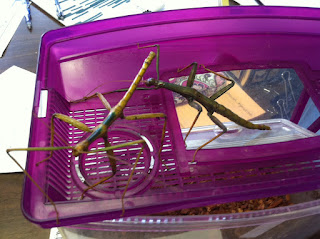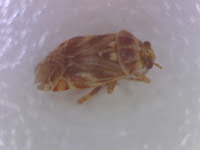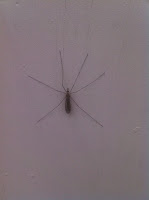Search This Blog
Questions about insects, spiders, scorpions or other creepy crawlers? Tune into this blog to learn about what's buggin' you!
Posts
Showing posts from 2012
Educational Programs for West Nile and Mosquitoes
- Get link
- X
- Other Apps
West Nile is Real - Protect Yourselves
- Get link
- X
- Other Apps
Bees, Bugs, and Gardening - Come Learn!
- Get link
- X
- Other Apps
What is Flying in the Rain - Termites!
- Get link
- X
- Other Apps
The Trees are Alive .... With Walkingsticks!
- Get link
- X
- Other Apps
Green Bugs and Oak Pollen - Coincidence?
- Get link
- X
- Other Apps
Humongous Grubs in my Soil - Good or Bad?
- Get link
- X
- Other Apps










